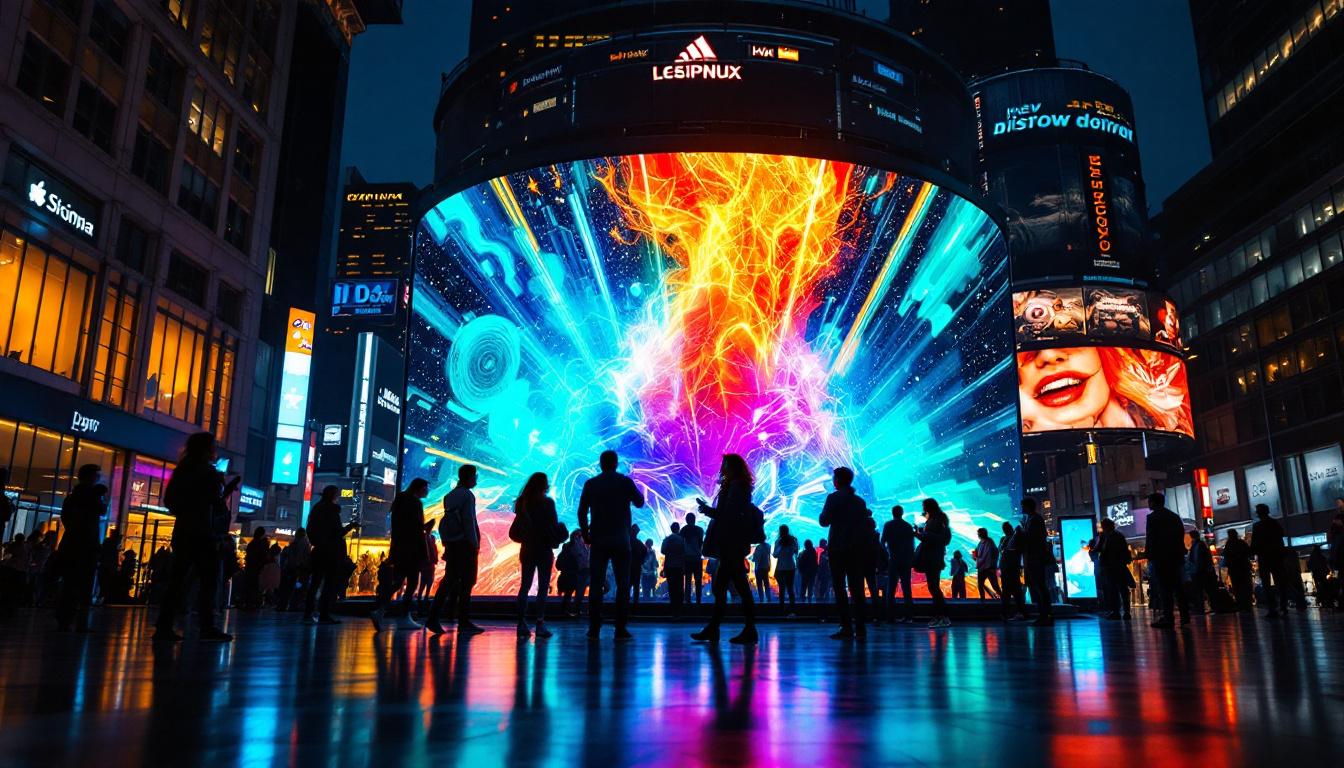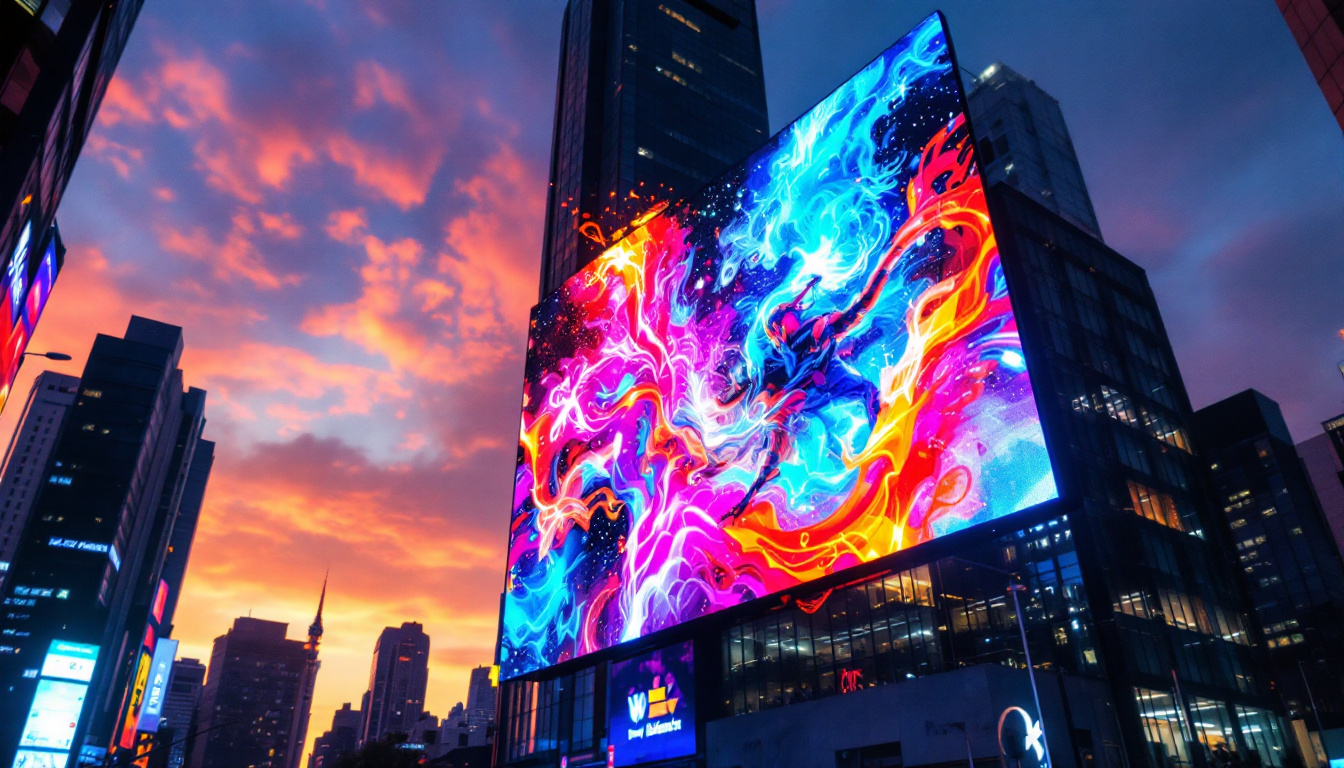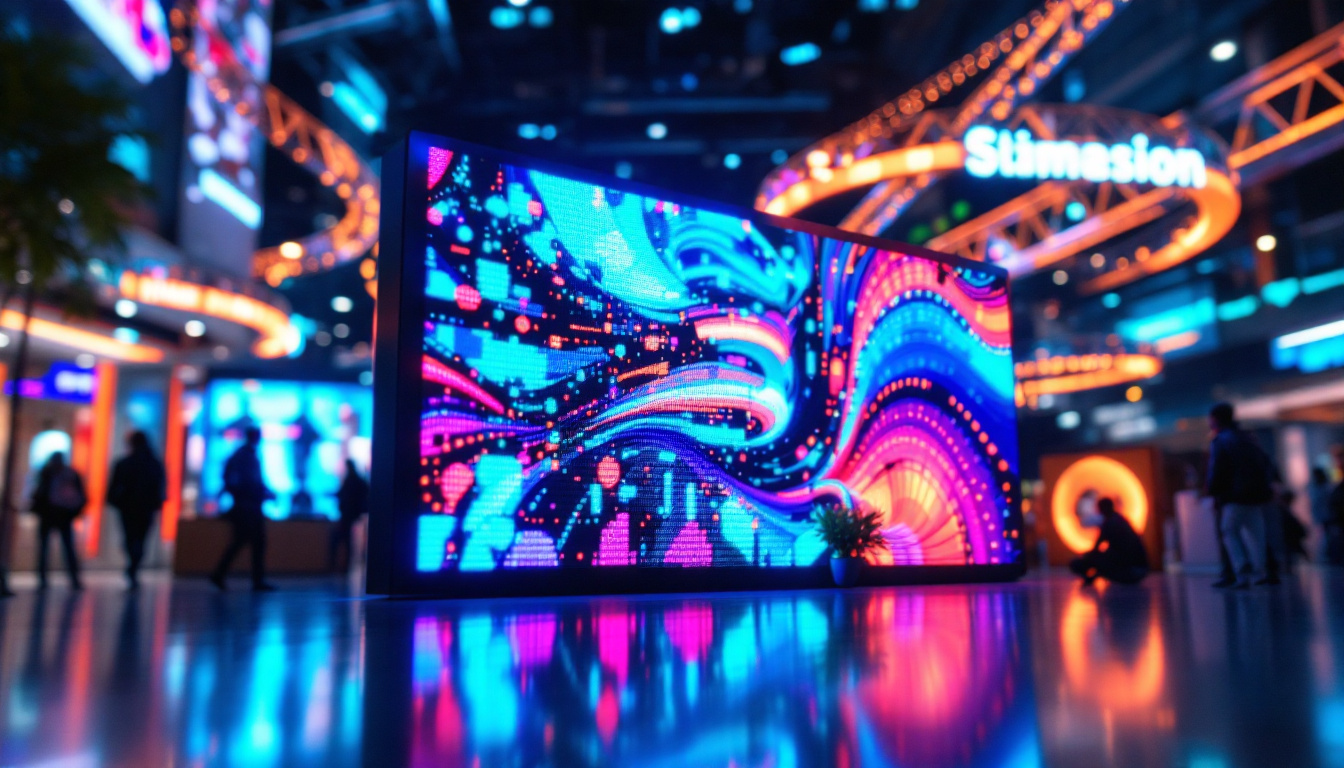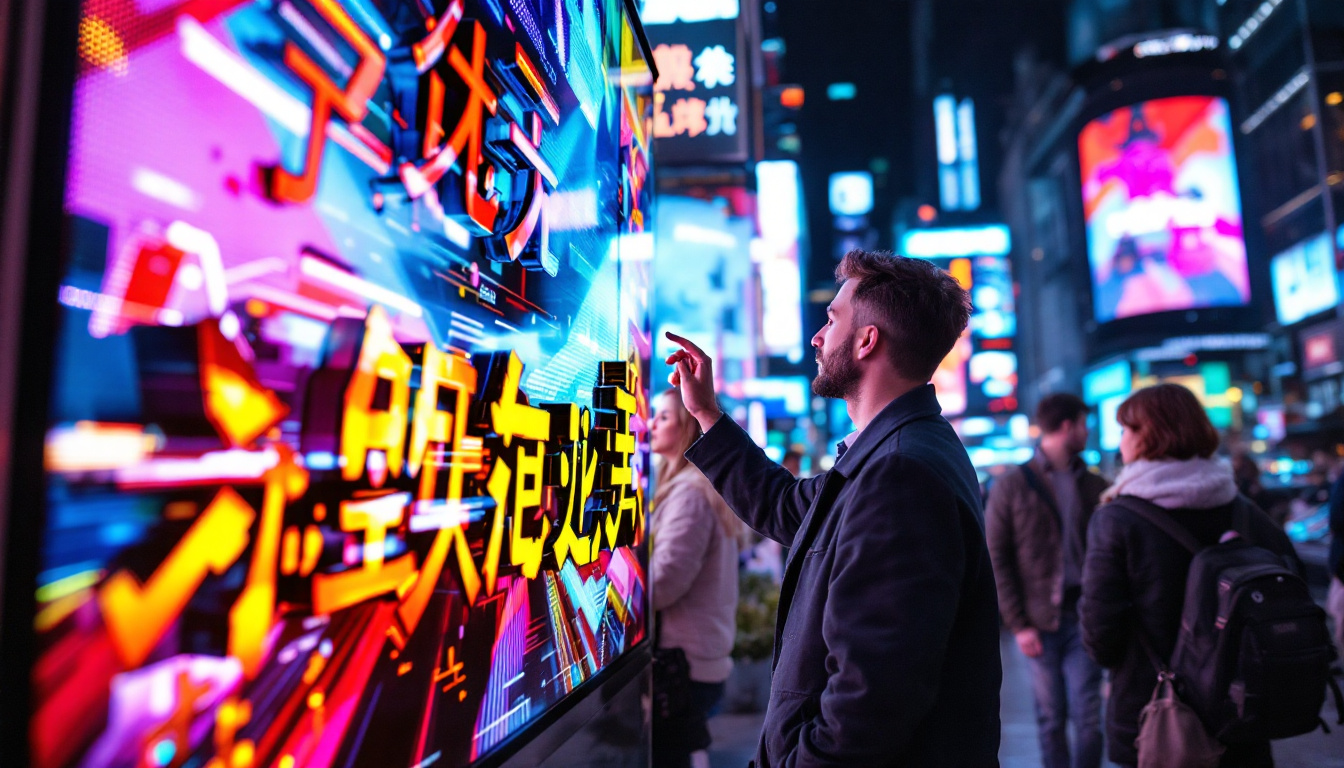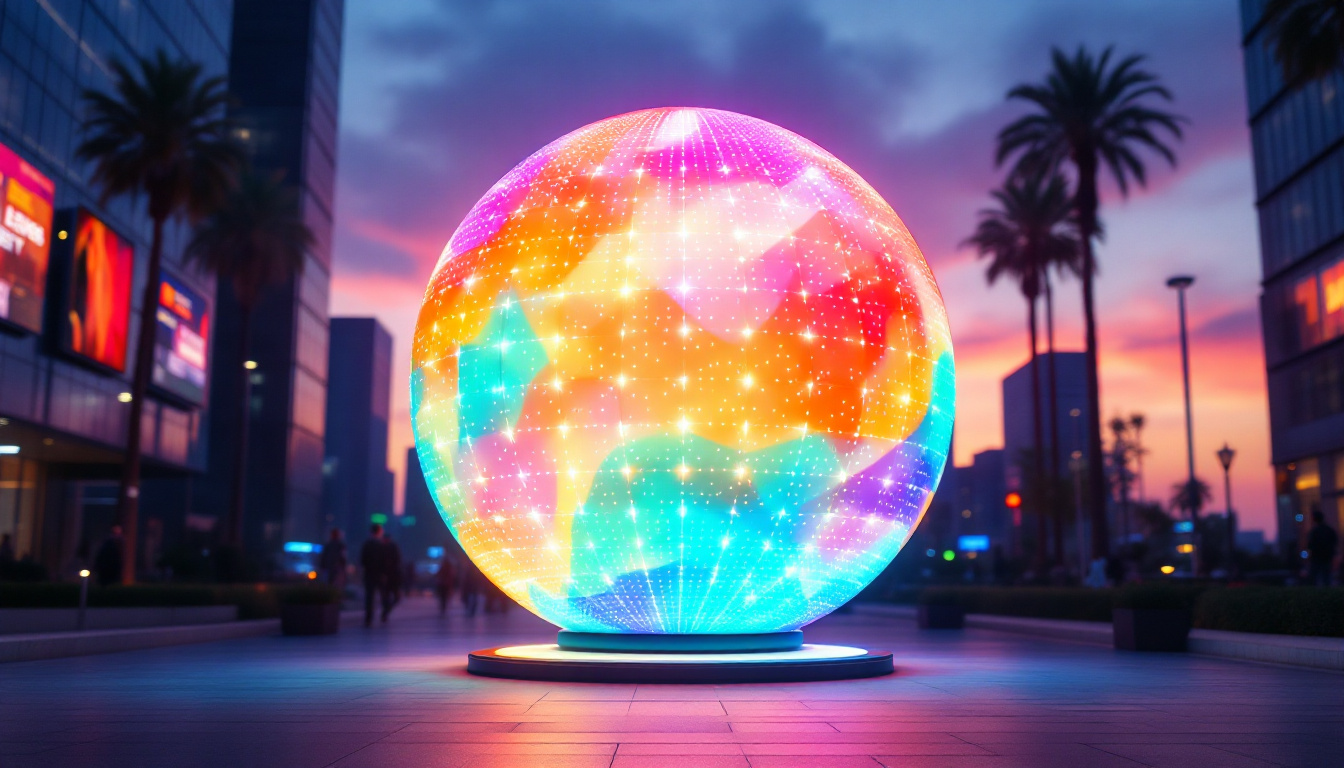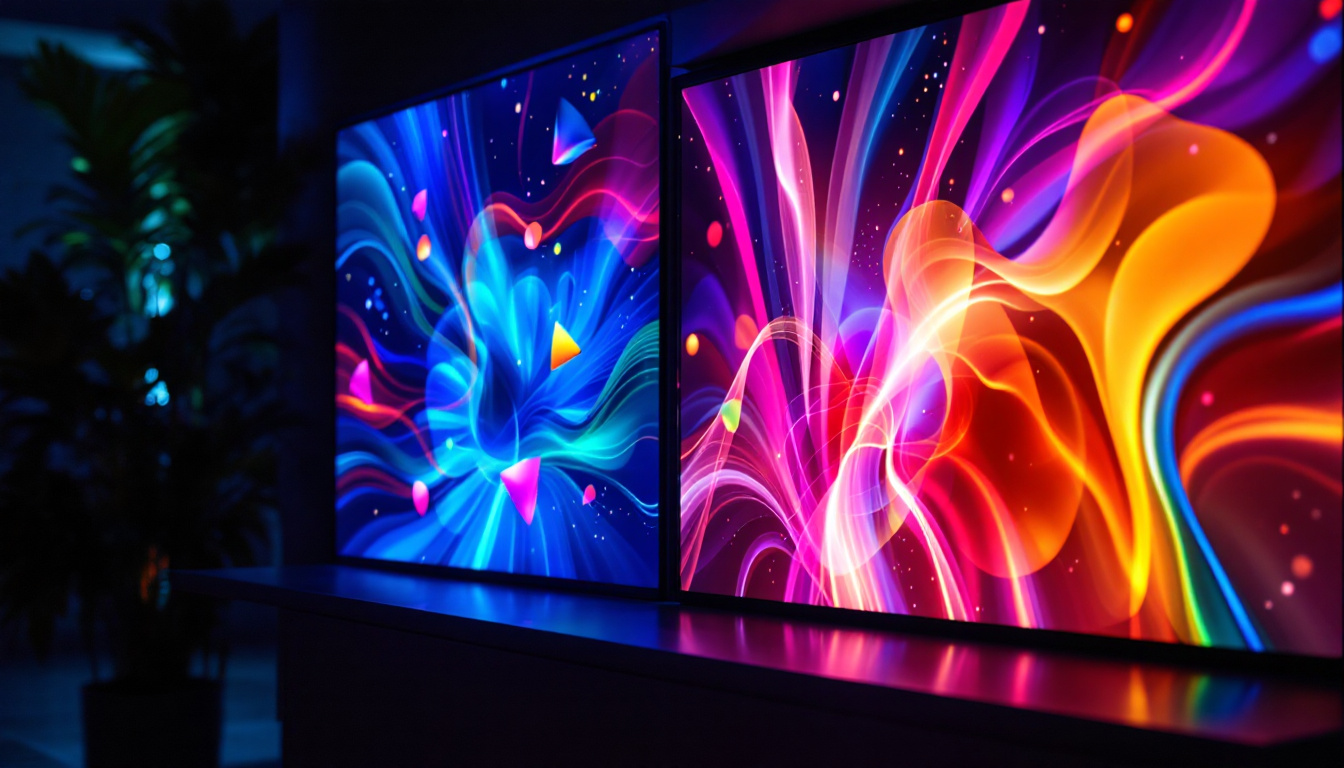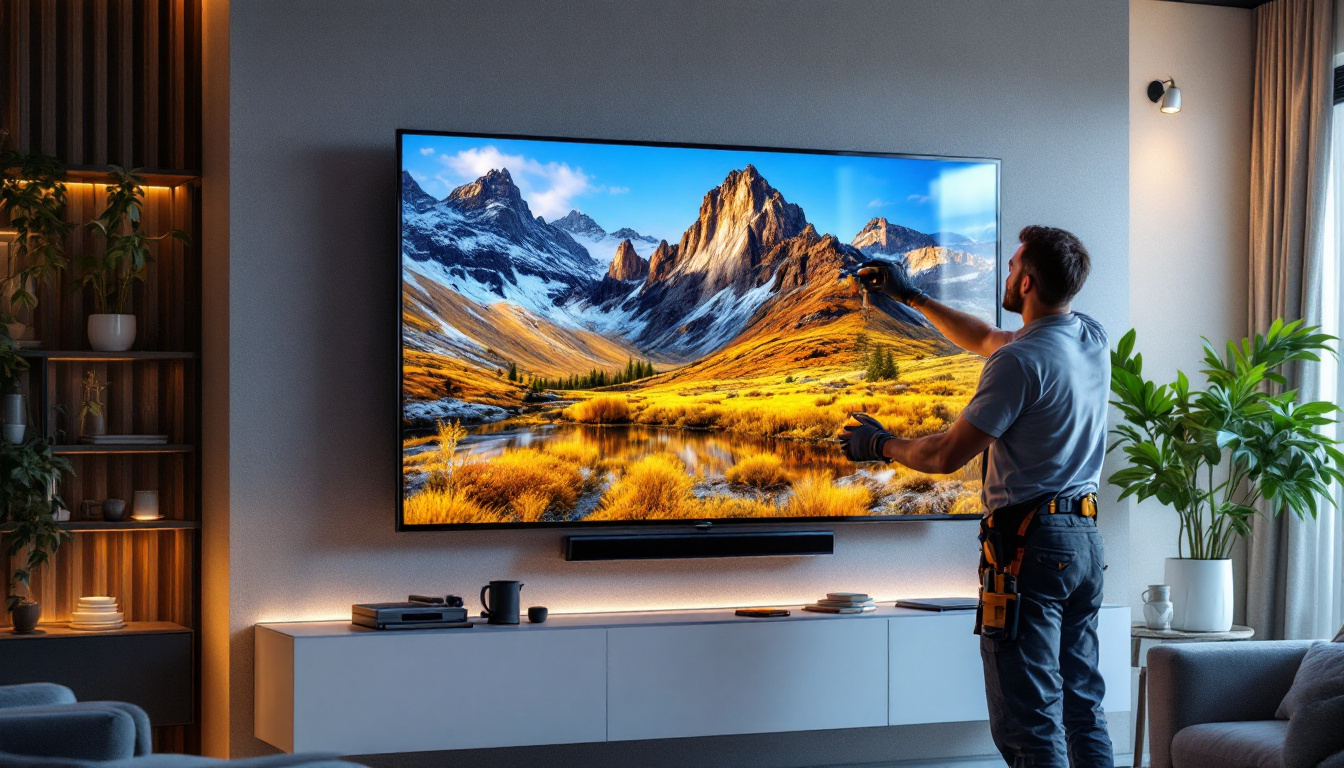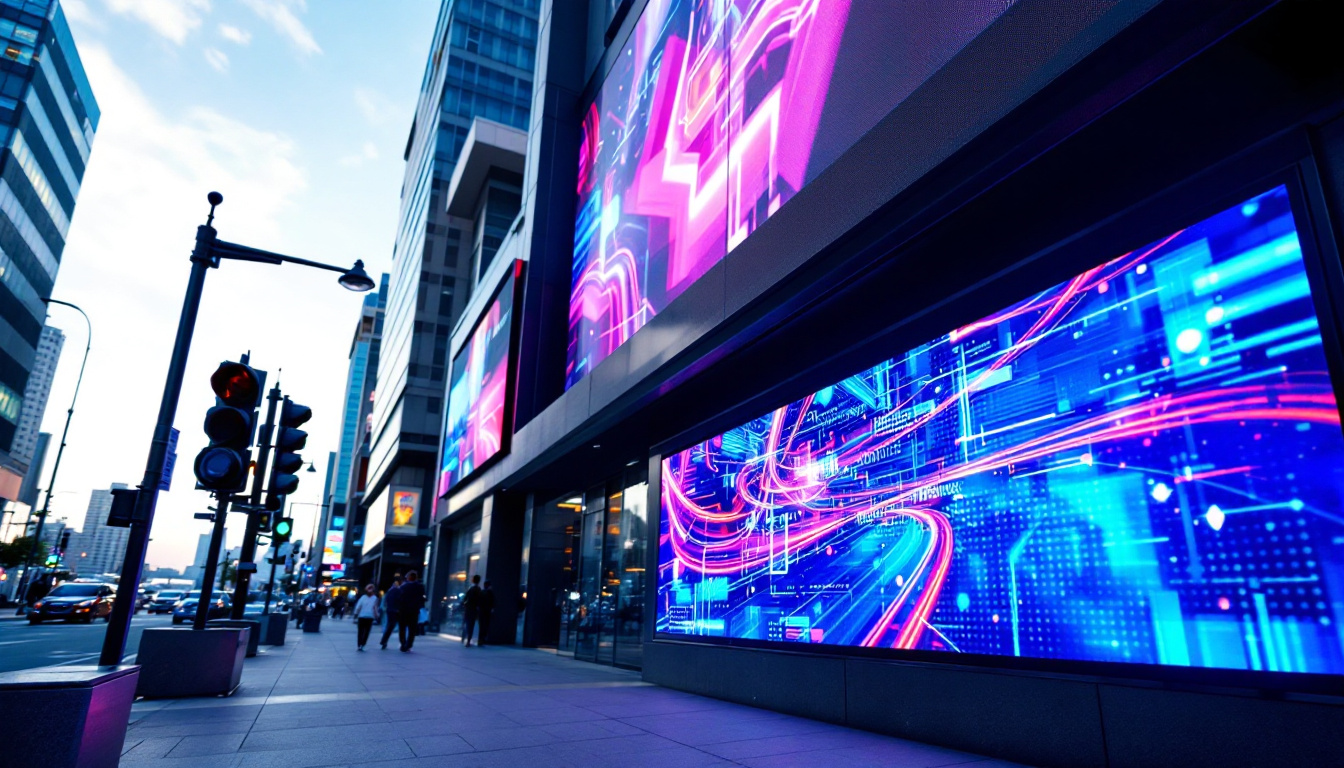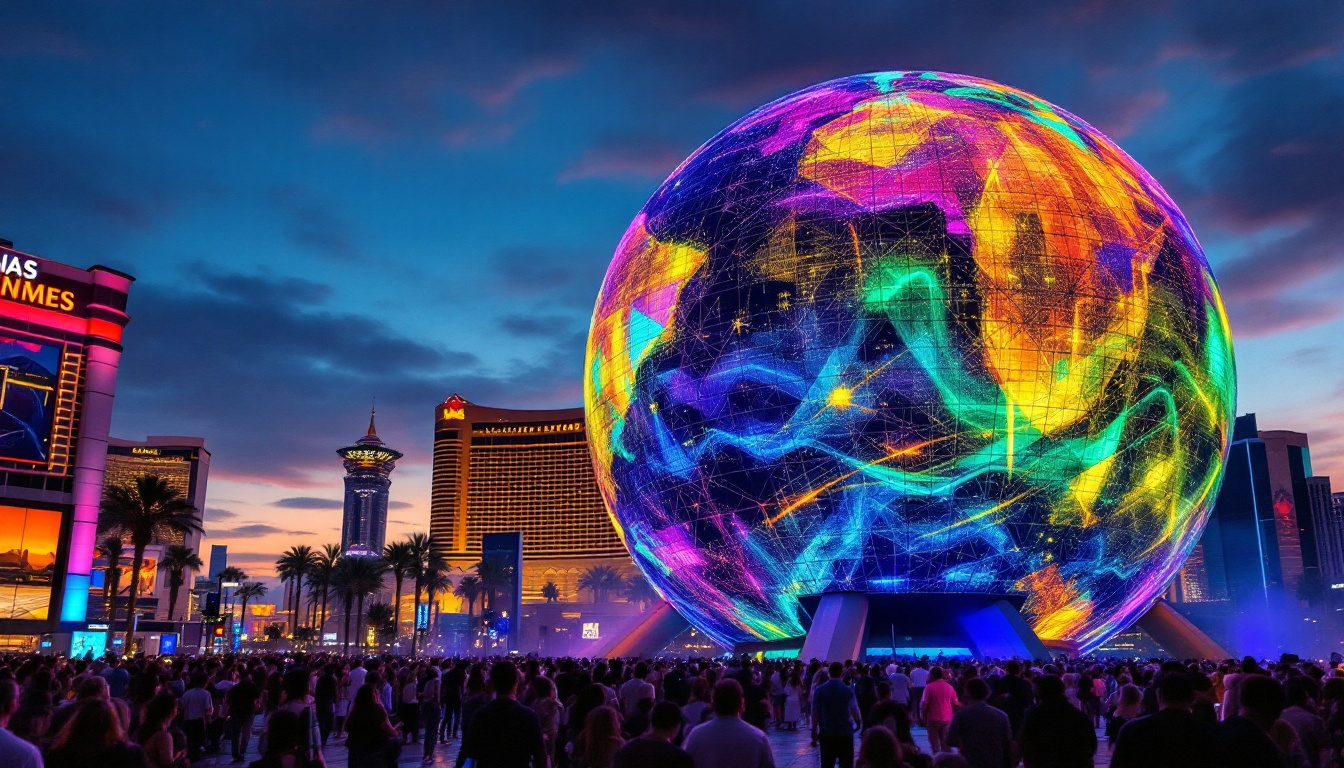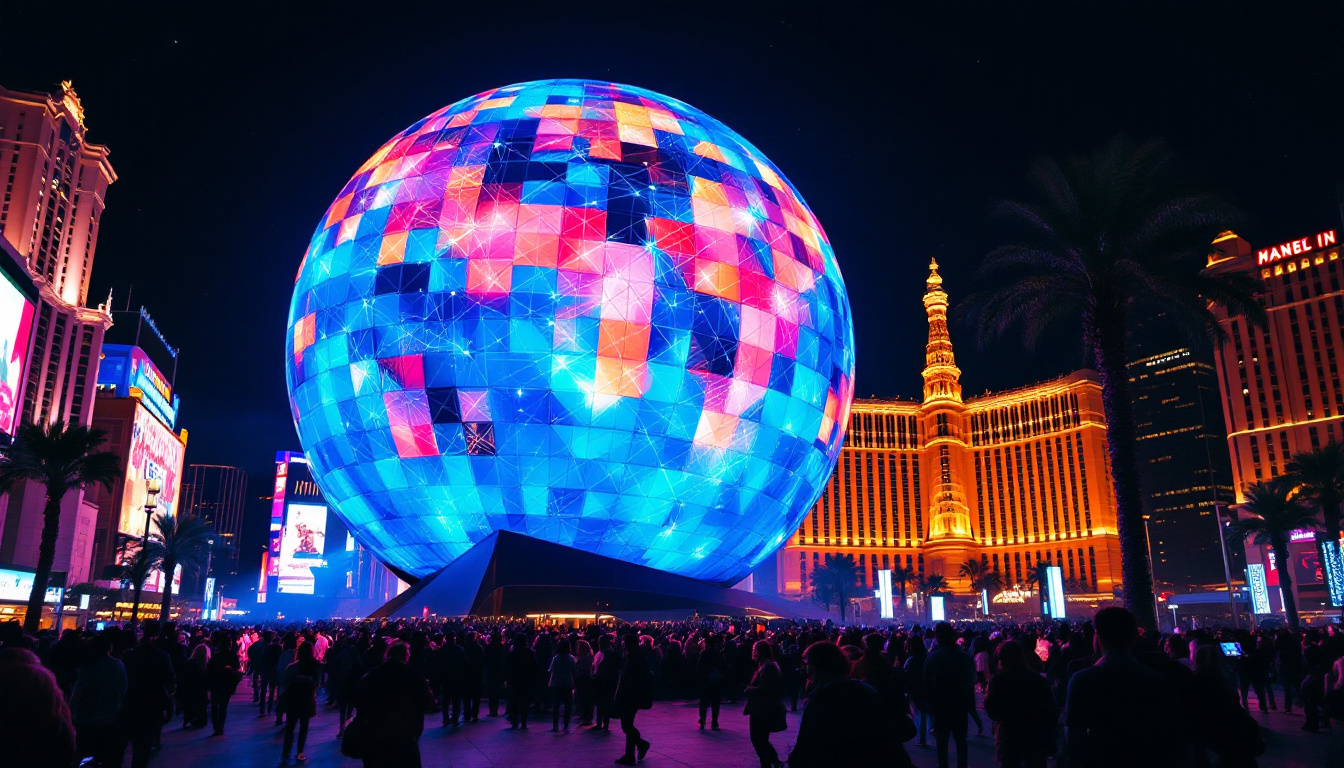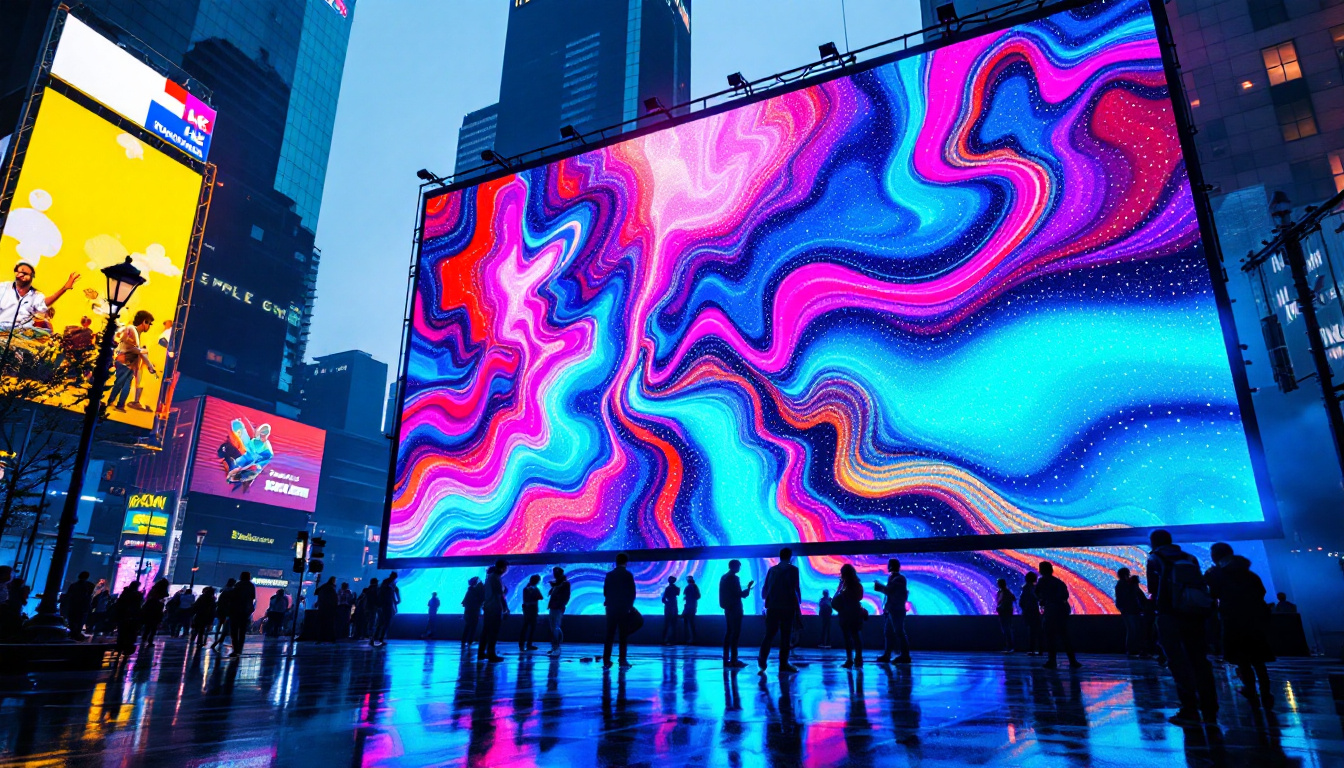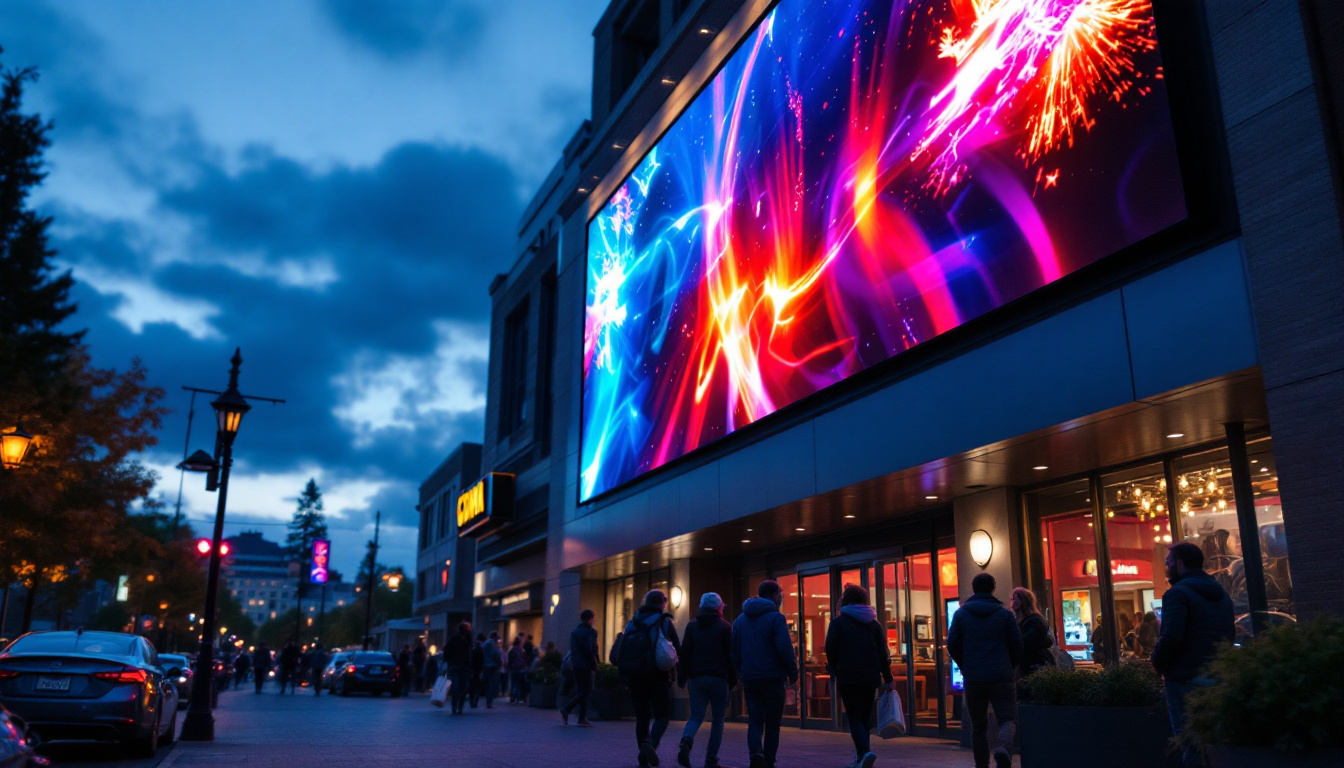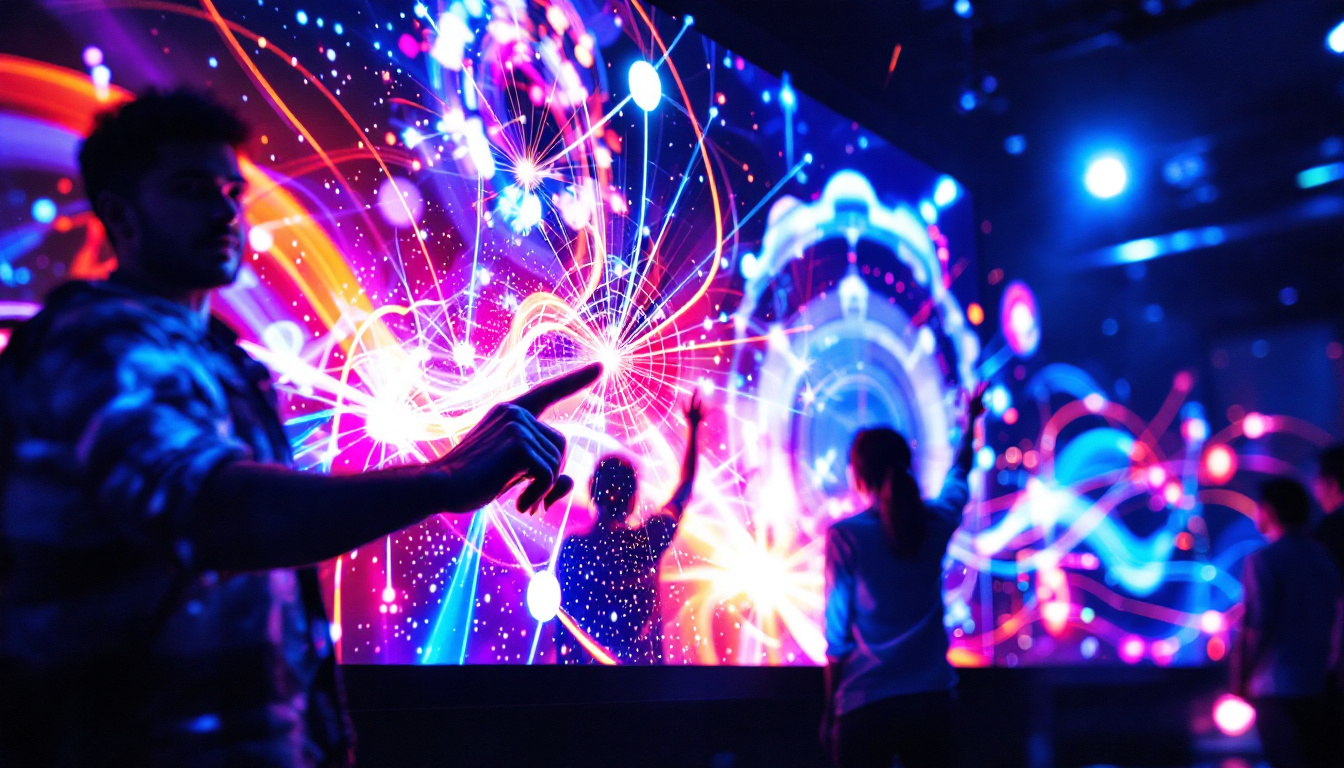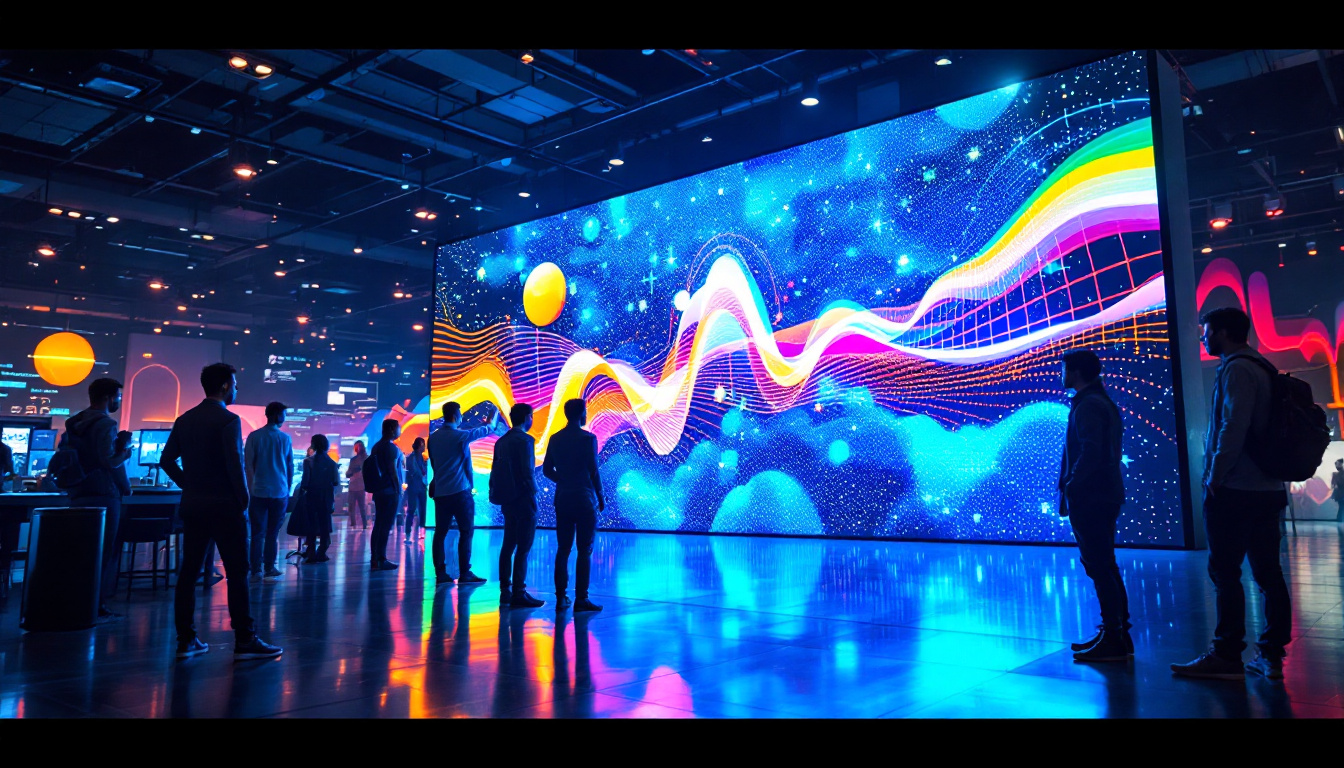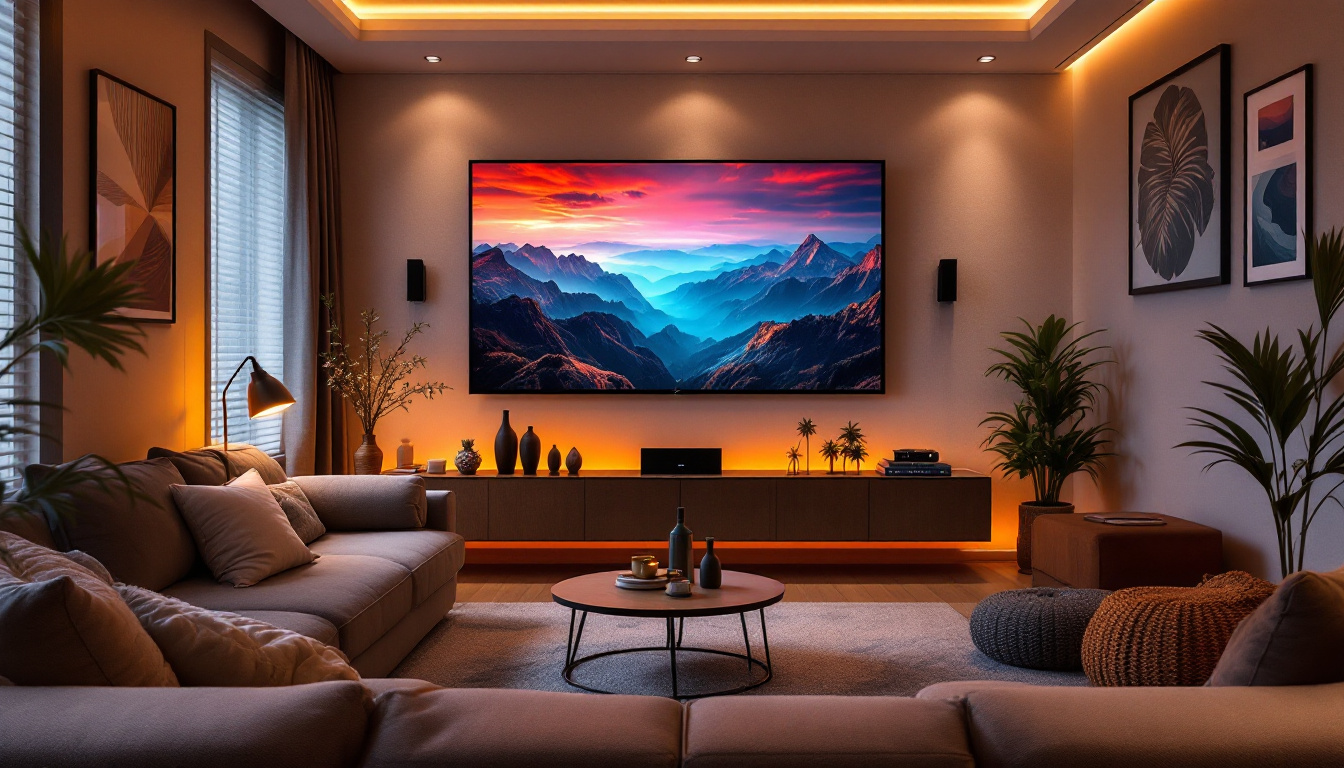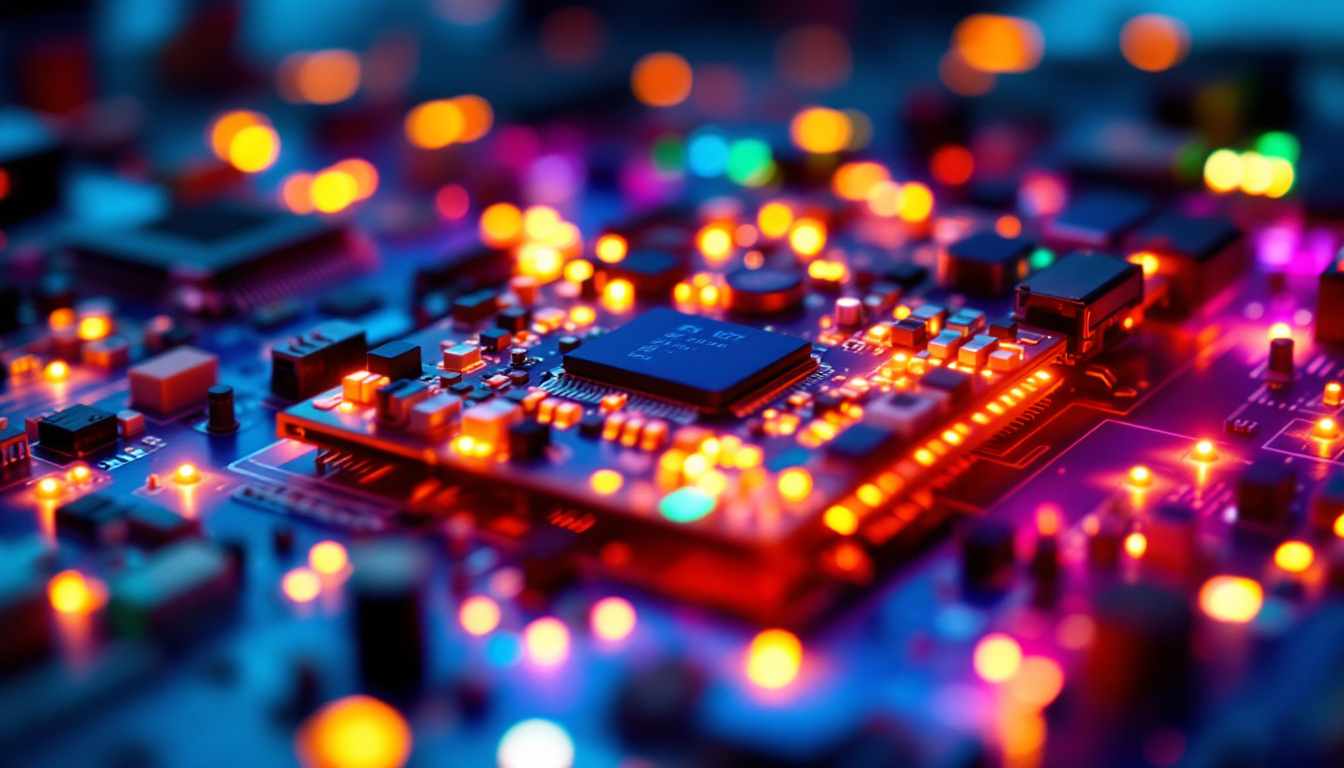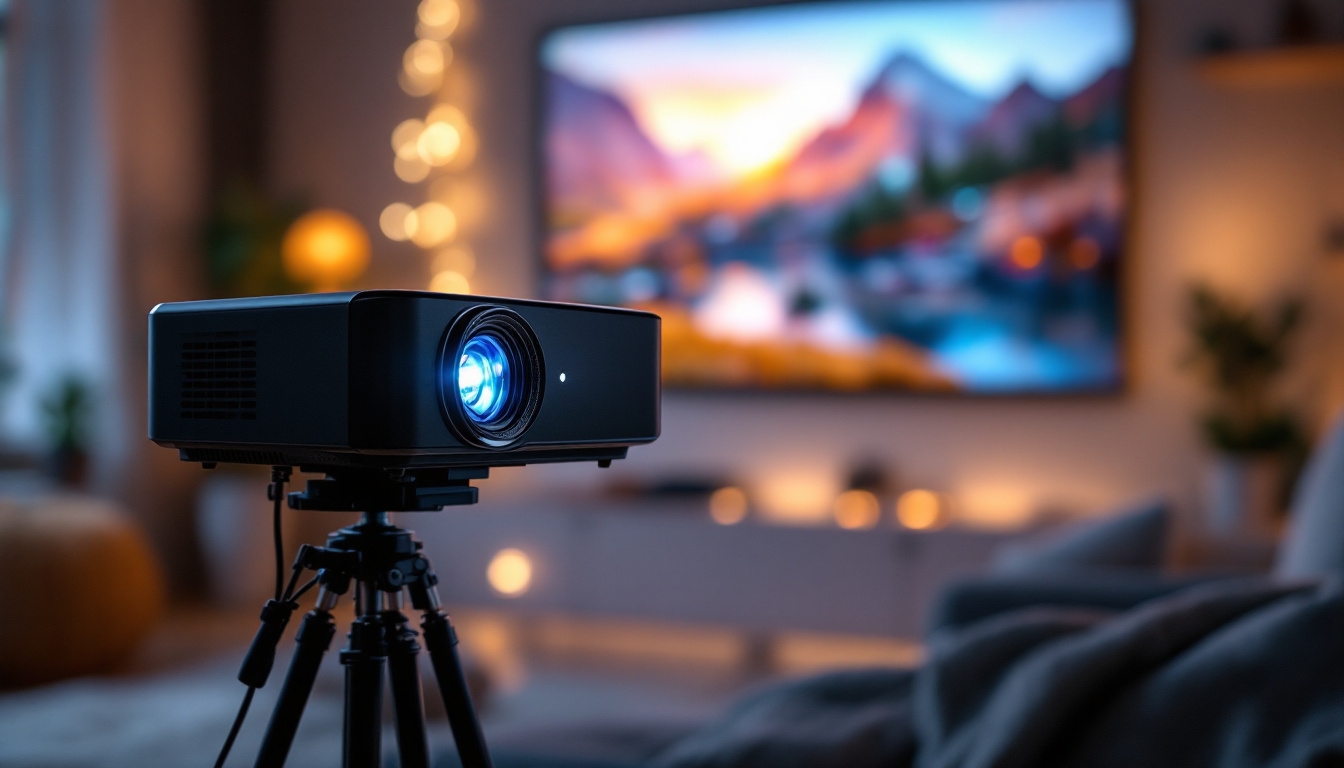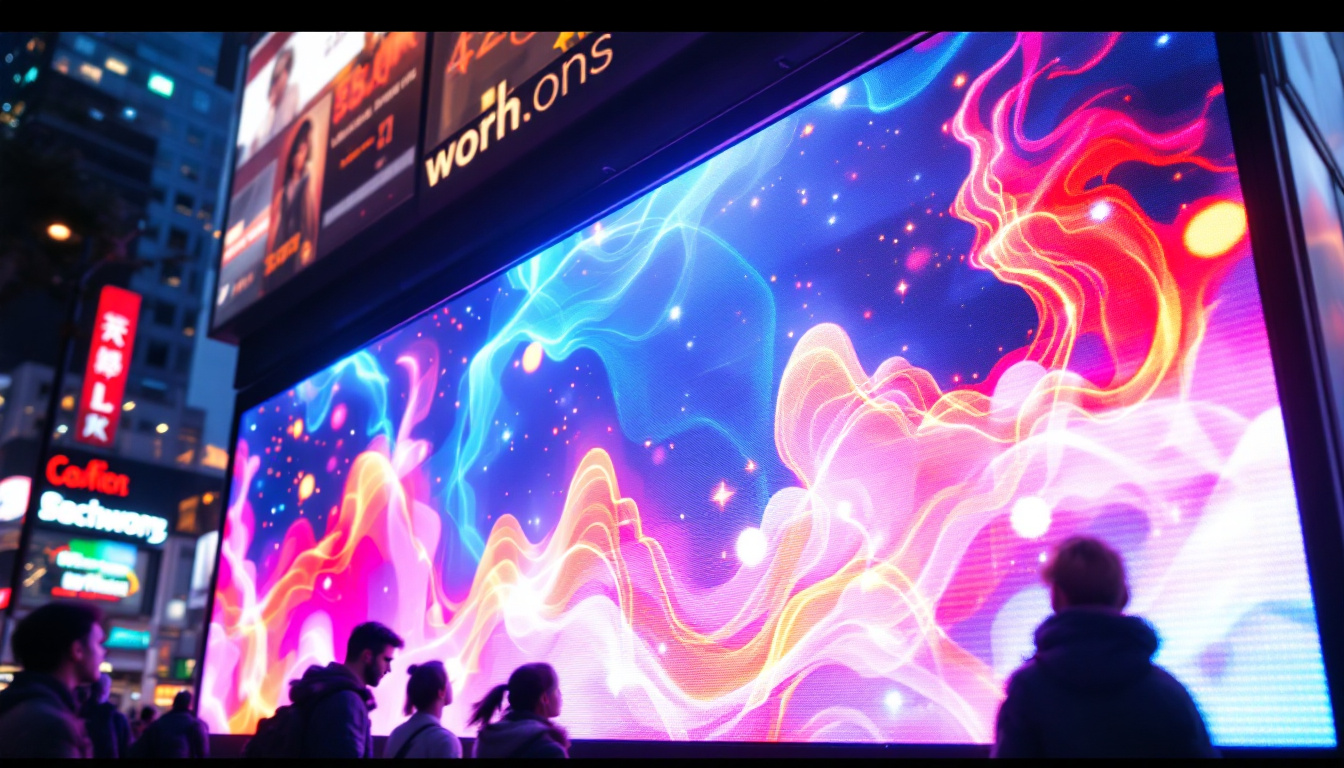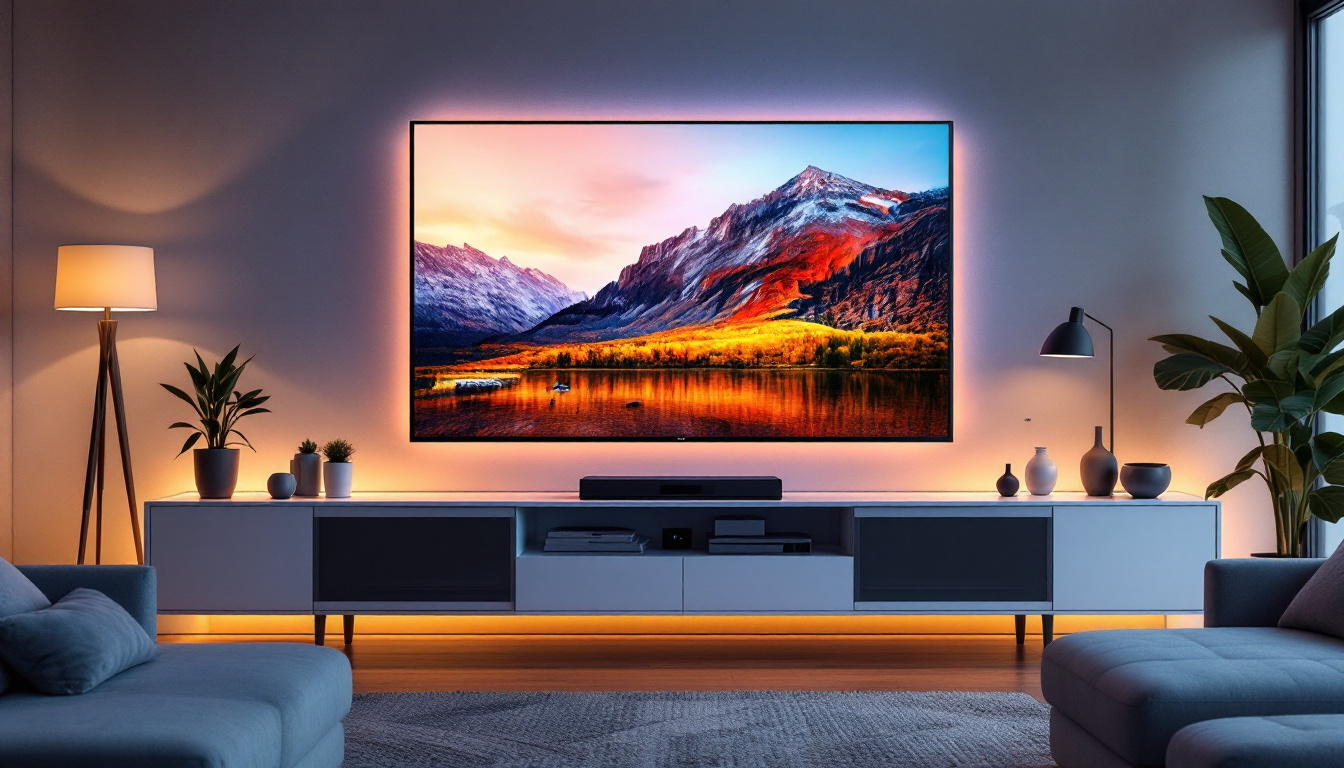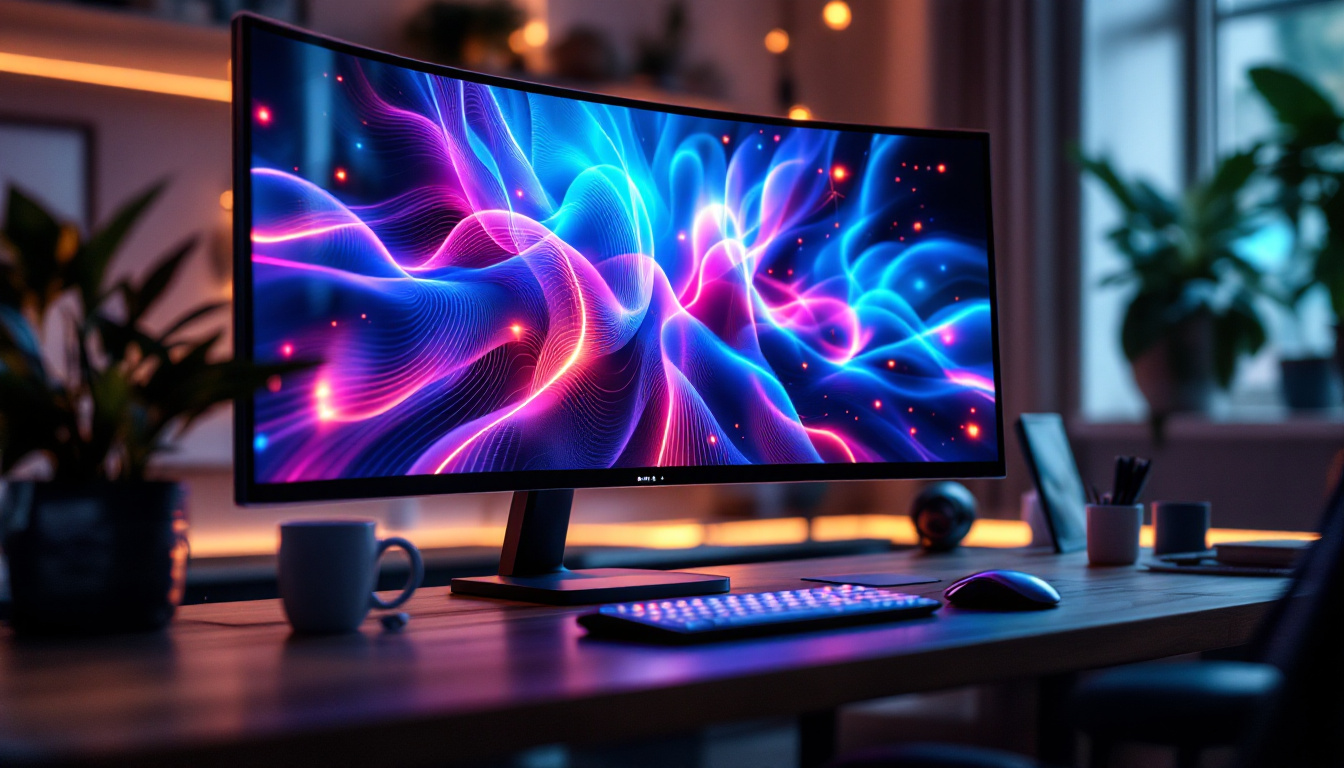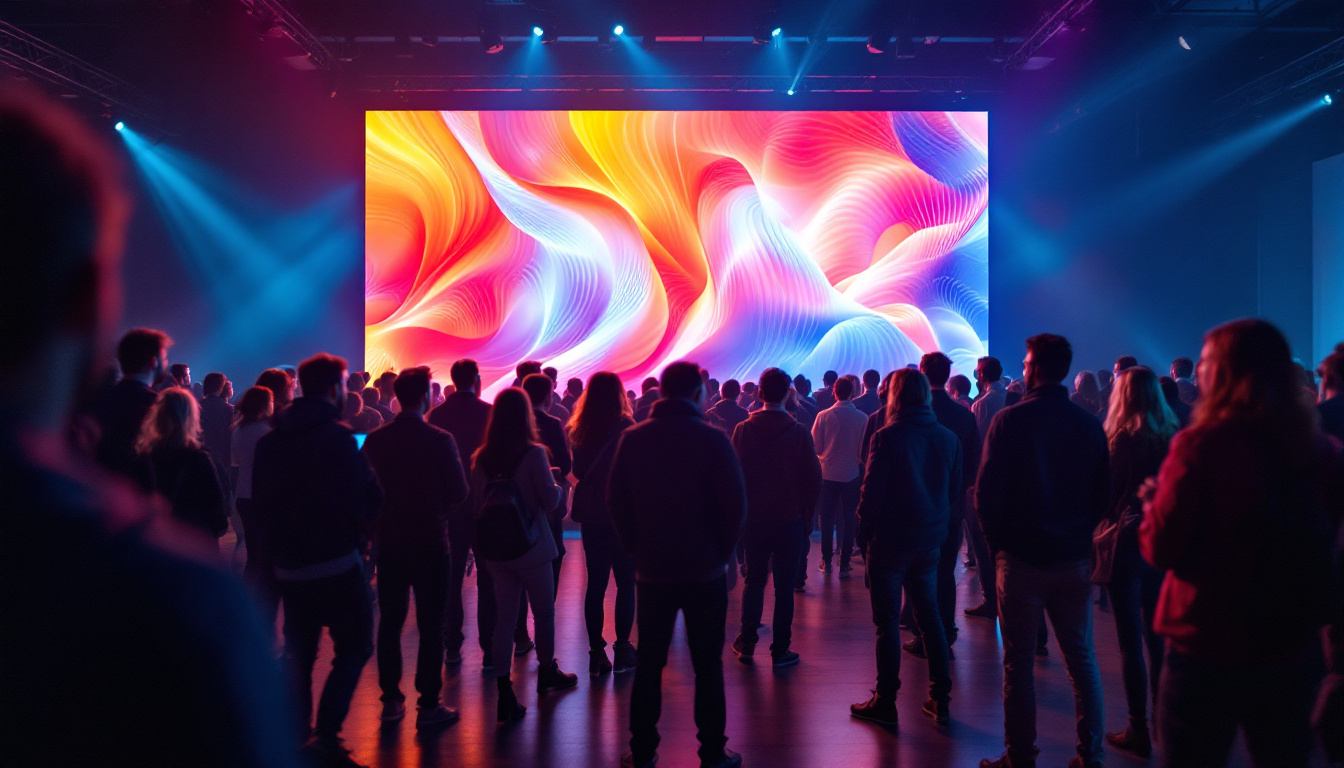In today’s fast-paced world, effective communication is crucial for businesses and organizations. One of the most impactful ways to convey messages is through LED displays. These advanced sign solutions have revolutionized the way information is presented, offering vibrant visuals and dynamic content that capture attention. This article delves into the intricacies of LED displays, exploring their technology, applications, benefits, and future trends.
Understanding LED Display Technology
LED displays utilize light-emitting diodes (LEDs) to produce images and videos. Unlike traditional display technologies, LEDs offer several advantages, including energy efficiency, brightness, and longevity. The basic principle behind an LED display is the emission of light when an electric current passes through a semiconductor material. This technology has revolutionized the way we interact with visual media, making it possible to create vibrant and dynamic displays that can capture the attention of audiences in various settings.
Components of LED Displays
At the core of every LED display are its components, which include the LED modules, control systems, and power supplies. LED modules are the building blocks of the display, consisting of multiple LEDs arranged in a grid. These modules can be combined to create larger screens, allowing for versatile configurations. The arrangement and spacing of these LEDs can significantly impact the display’s resolution and viewing distance, making it crucial for designers to consider these factors when creating custom installations.
The control system is responsible for managing the content displayed on the screen. It processes input signals and translates them into visual output. Modern control systems can handle various media formats, making it easy to update content in real-time. This flexibility allows businesses and event organizers to tailor their messaging to specific audiences, enhancing engagement and interaction. Additionally, advanced software solutions enable users to schedule content, integrate social media feeds, and even incorporate interactive elements, further enriching the viewer experience.
Power supplies ensure that the LED display operates efficiently. They convert electrical energy from the grid into a form that the LEDs can use, maintaining consistent brightness and color accuracy. The efficiency of the power supply not only affects the performance of the display but also its overall energy consumption, which is a critical consideration in today’s eco-conscious market. Innovations in power supply technology have led to more compact and efficient designs that help reduce operational costs while maximizing the lifespan of the display.
Types of LED Displays
LED displays come in various types, each designed for specific applications. The most common types include:
- Indoor LED Displays: These are typically used in venues such as shopping malls, conference centers, and theaters. They provide high-resolution images and are designed to be viewed from short distances. Indoor displays often feature enhanced color accuracy and finer pixel pitches, making them ideal for environments where detail is paramount.
- Outdoor LED Displays: Built to withstand harsh weather conditions, outdoor displays are often used for billboards, sports arenas, and public transportation stations. They feature higher brightness levels to ensure visibility in direct sunlight. Many outdoor models also incorporate protective coatings and robust enclosures to safeguard against moisture, dust, and temperature fluctuations, ensuring reliable operation year-round.
- Transparent LED Displays: These innovative displays allow for visibility through the screen while still showcasing content. They are commonly used in retail environments, enabling brands to promote products without obstructing views. The unique design of transparent displays not only enhances aesthetic appeal but also creates opportunities for interactive advertising, as consumers can engage with the content while still seeing the products behind the screen.
Applications of LED Displays
LED displays have found applications across various industries, transforming how businesses communicate with their audiences. Their versatility allows for creative use in advertising, information dissemination, and entertainment.
Advertising and Marketing
One of the most prominent applications of LED displays is in advertising. Businesses leverage the vibrant colors and dynamic content capabilities to attract customers. Digital billboards, for instance, can display rotating advertisements, promotional messages, and even live feeds, ensuring that the content remains fresh and engaging.
Moreover, LED displays can be strategically placed in high-traffic areas, maximizing visibility and reach. The ability to change content quickly allows marketers to adapt their messages based on time, audience, and even weather conditions.
Public Information Systems
LED displays are also widely used for public information systems. Airports, train stations, and bus terminals utilize these displays to provide real-time updates on schedules, delays, and other essential information. The clarity and brightness of LED technology ensure that crucial messages are easily visible, even in crowded environments.
Additionally, municipalities are adopting LED displays for public announcements, emergency alerts, and community events. This enhances communication between local governments and citizens, fostering a sense of community engagement.
Entertainment and Events
In the entertainment industry, LED displays play a vital role in enhancing the audience experience. Concerts, festivals, and sporting events utilize large LED screens to display live performances, instant replays, and interactive content. The immersive visuals created by LED technology elevate the overall atmosphere, making events more memorable.
Furthermore, LED displays are increasingly used in theater productions and art installations, allowing for creative storytelling and artistic expression. The flexibility of LED technology enables artists to push the boundaries of traditional media.
Benefits of LED Displays
The advantages of using LED displays extend beyond their visual appeal. They offer a range of benefits that make them an attractive choice for businesses and organizations.
Energy Efficiency
One of the most significant benefits of LED displays is their energy efficiency. Compared to traditional lighting technologies, LEDs consume significantly less power while delivering brighter visuals. This not only reduces operational costs but also minimizes the environmental impact.
Many businesses are now prioritizing sustainability, and the energy-efficient nature of LED displays aligns with these goals. By investing in LED technology, organizations can reduce their carbon footprint and contribute to a greener future.
Longevity and Durability
LED displays are known for their longevity and durability. With a lifespan of up to 100,000 hours, they require less frequent replacements compared to traditional displays. This longevity translates to lower maintenance costs and less waste, further enhancing their sustainability.
Additionally, outdoor LED displays are designed to withstand harsh weather conditions, including rain, snow, and extreme temperatures. This robustness ensures that they remain operational and effective in various environments.
Dynamic Content Capabilities
The ability to display dynamic content is another major advantage of LED displays. Businesses can easily update their messages, graphics, and videos in real-time, allowing for timely communication with their audience. This flexibility is particularly valuable in fast-paced industries where information changes rapidly.
Moreover, the integration of sensors and software allows for interactive content, enabling businesses to engage customers in innovative ways. For instance, touch-sensitive LED displays can create immersive experiences that encourage user participation.
Challenges and Considerations
While LED displays offer numerous benefits, there are also challenges and considerations that businesses should keep in mind when implementing this technology.
Initial Investment Costs
One of the primary challenges associated with LED displays is the initial investment cost. High-quality LED technology can be expensive, and businesses may need to allocate significant budgets for installation and setup. However, it is essential to view this as a long-term investment, as the energy savings and reduced maintenance costs can offset the initial expenditure over time.
Content Management
Effective content management is crucial for maximizing the impact of LED displays. Businesses must ensure that their content is engaging, relevant, and updated regularly. This requires a dedicated team or software solutions to manage the display’s content effectively.
Additionally, businesses should consider the design and layout of their content. Poorly designed visuals can detract from the overall effectiveness of the display, leading to disengagement from the audience.
Regulatory Compliance
Depending on the location and application, businesses may need to adhere to specific regulations regarding LED displays. This can include restrictions on brightness levels, content types, and placement. It is essential for businesses to familiarize themselves with local laws and regulations to avoid potential fines or penalties.
The Future of LED Displays
The future of LED displays is promising, with ongoing advancements in technology and design. As the demand for dynamic and engaging content continues to grow, several trends are emerging in the LED display landscape.
Integration with Smart Technologies
As smart technology becomes increasingly prevalent, LED displays are expected to integrate seamlessly with other devices and systems. This could include synchronization with social media platforms, mobile applications, and even artificial intelligence.
Such integration would enable businesses to deliver personalized content based on user preferences and behaviors, enhancing customer engagement and satisfaction. The potential for interactive and responsive displays is vast, paving the way for innovative marketing strategies.
Advancements in Display Quality
Technological advancements are continually improving the quality of LED displays. Higher resolutions, improved color accuracy, and enhanced brightness levels are making it possible to create stunning visuals that captivate audiences.
Additionally, developments in flexible and lightweight LED technology are expanding the possibilities for creative display designs. This allows businesses to explore unique shapes and configurations that were previously unattainable.
Focus on Sustainability
As sustainability becomes a priority for many organizations, the LED display industry is also shifting towards eco-friendly practices. Manufacturers are increasingly focusing on creating displays with recyclable materials and energy-efficient components.
This commitment to sustainability not only benefits the environment but also resonates with consumers who prioritize eco-conscious brands. Businesses that adopt sustainable practices are likely to gain a competitive edge in the market.
Conclusion
LED displays represent a transformative technology that has reshaped the way businesses communicate with their audiences. With their vibrant visuals, dynamic content capabilities, and energy efficiency, they offer a multitude of benefits across various applications. While challenges exist, the advantages far outweigh them, making LED displays a worthwhile investment for organizations looking to enhance their communication strategies.
As technology continues to evolve, the future of LED displays looks bright. With advancements in integration, display quality, and sustainability, businesses can expect even more innovative solutions that will further enhance their ability to connect with customers. Embracing this technology is not just a trend; it is a strategic move towards effective communication in a rapidly changing world.
Discover LumenMatrix’s Innovative LED Display Solutions
Ready to elevate your visual communication strategy with the latest in LED technology? Explore LumenMatrix’s comprehensive range of LED display solutions, from vibrant Indoor and Outdoor LED Wall Displays to dynamic Vehicle and Sports LED Displays. Whether you’re looking to create an immersive retail environment with our LED Transparent Display or make a bold statement with a Custom LED Display, LumenMatrix has the cutting-edge technology to bring your vision to life. Check out LumenMatrix LED Display Solutions today and start transforming your brand’s visibility and audience engagement.

